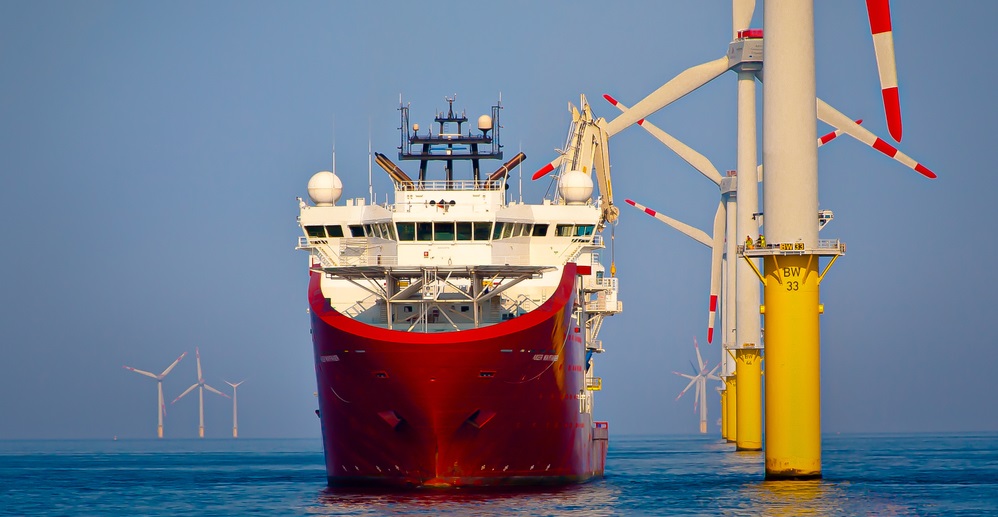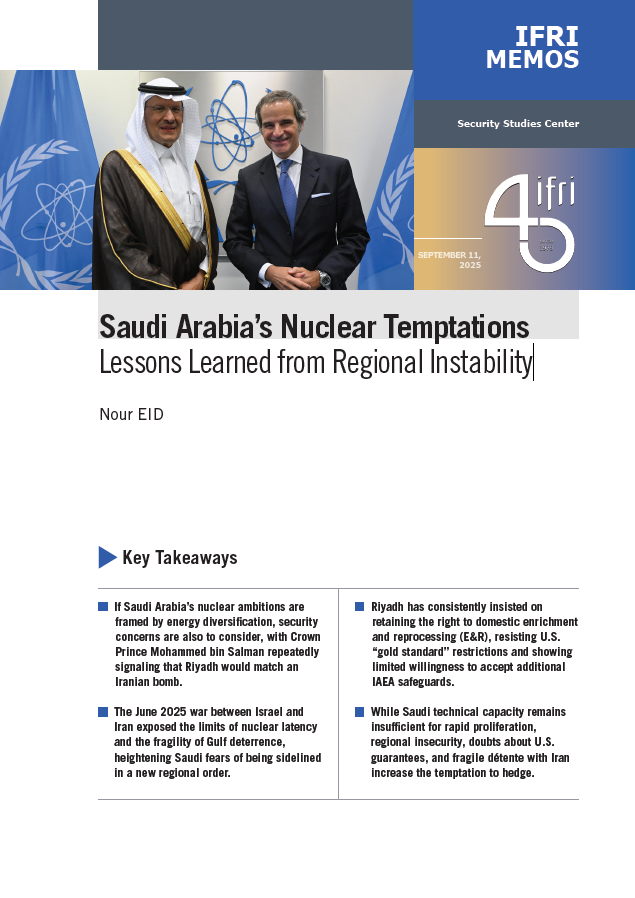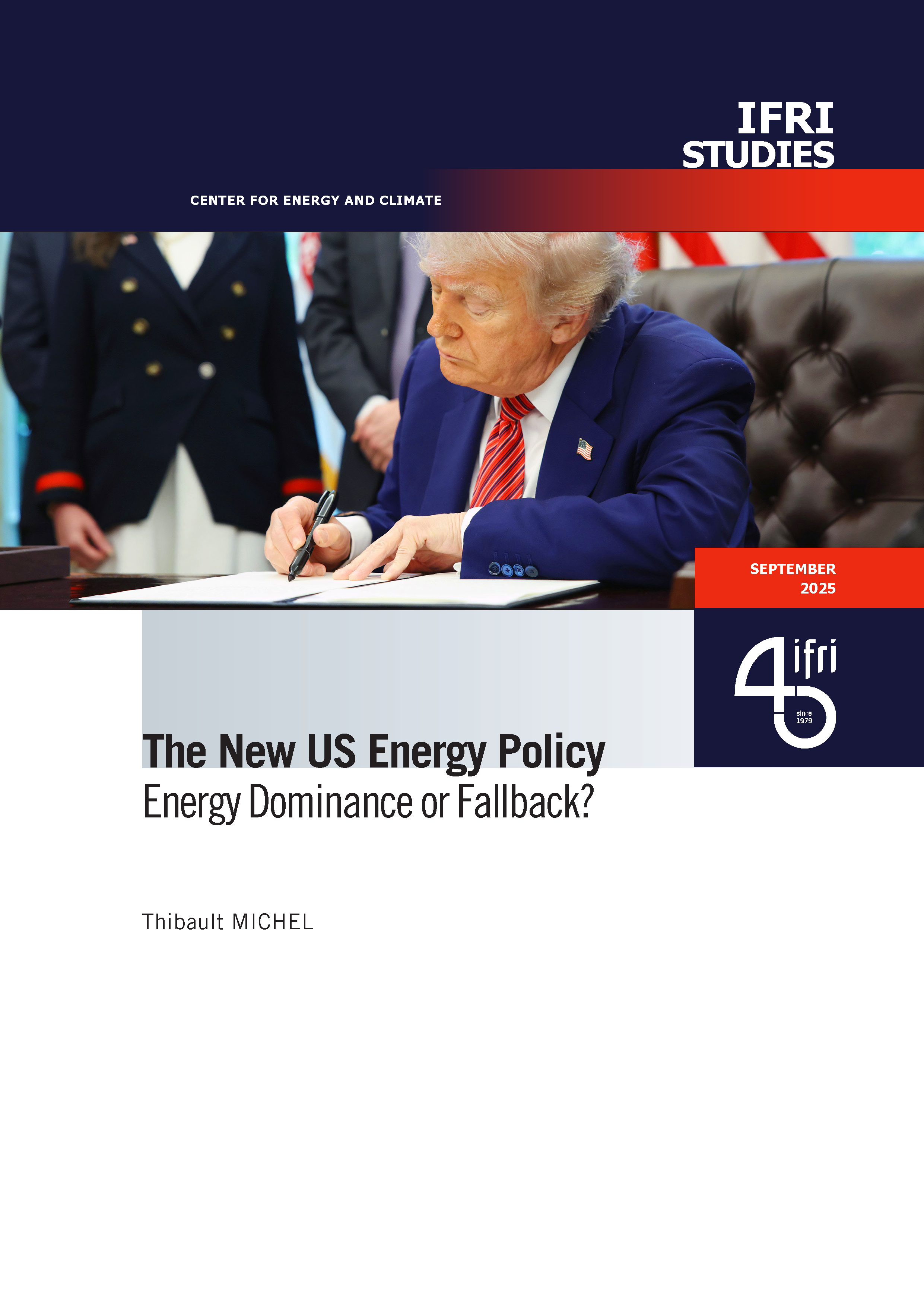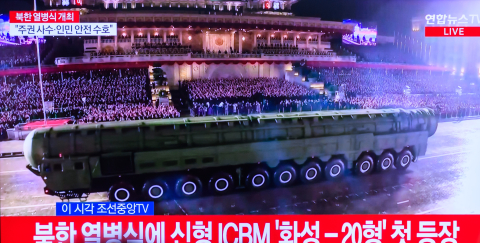The EU’s Renewables Expansion Challenge Towards 2030: Mobilizing for a Mission Almost Impossible

Only eight years are left to expand by almost three times the current total installed wind and solar energy capacity in the European Union (EU) in adding around 600 gigawatts (GW), and so reach the highly-ambitious 2030 targets. This requires a mobilization whose scale is immense – amidst times of unprecedented crises and uncertainties.

Yet the EU is still aligned with a business-as-usual deployment trajectory. This research note thus aims at ringing an alarm bell about the magnitude of the challenge ahead, and the fact that the mission looks impossible without a war-type mobilization, given that beyond declarations, actual deployment levels observed are still way below required levels, although a welcome uptick has taken place recently, notably in Poland and the Netherlands. Yearly deployment rates will have to increase by a minimum of three times, in a global context which is much more difficult to navigate.
But failure is not an option: deploying these renewable energy sources (RES) is a matter of sovereignty, and will be decisive to the EU’s energy, economic and climate security, especially when facing the consequences of a phase out of Russian energy supplies, and a decrease of EU’s thermal or nuclear power generation assets.
In past years, Europe’s leading power sector companies (utilities) have not driven the investment wave into RES in most European economies, and when investing in RES, they have largely looked for opportunities elsewhere, such as in Latin America or North America. RES investments have been driven by hundreds of smaller, often new players, and increasingly by investment funds. To meet the 2030 targets, the leading utilities, and the former oil and gas majors, now becoming energy majors, will have to step up investment on a very large scale. Hence this memorandum focuses on their role in meeting the 2030 targets.
Download the full analysis
This page contains only a summary of our work. If you would like to have access to all the information from our research on the subject, you can download the full version in PDF format.
The EU’s Renewables Expansion Challenge Towards 2030: Mobilizing for a Mission Almost Impossible












